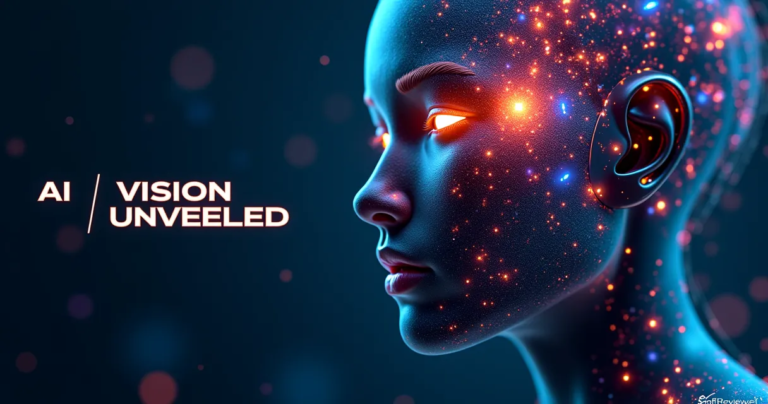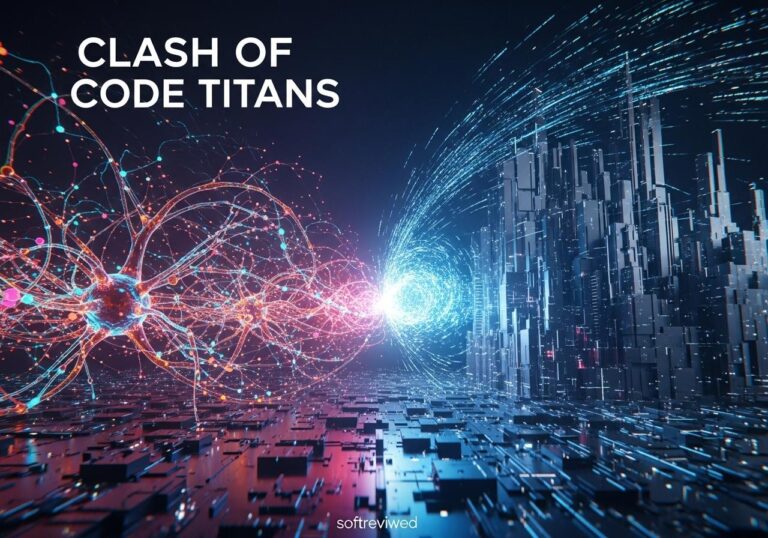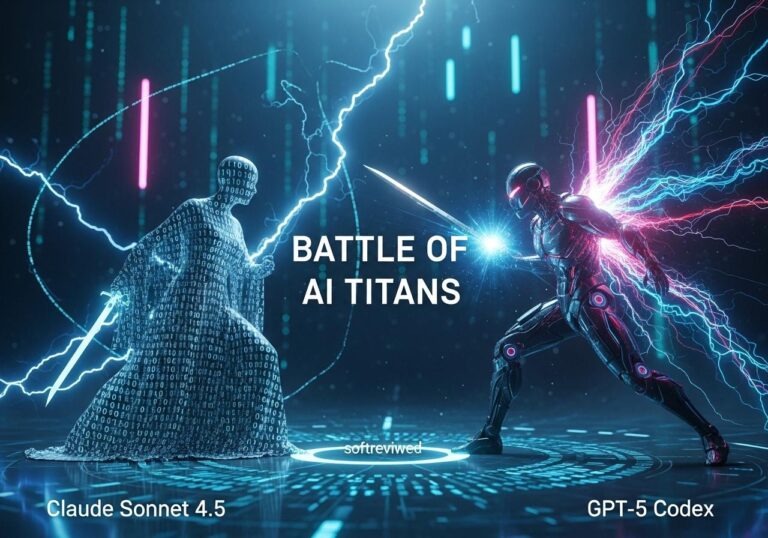Janus Pro: Advanced AI Vision Model
A revolutionary AI model combining vision and image generation capabilities in one unified system.
Advanced Integration
Janus Pro combines advanced vision and image generation capabilities in a single AI model, representing a significant advancement in artificial intelligence. This innovative model enables users to create high-quality images with remarkable precision, thus expanding the horizons for creative professionals and developers alike. As part of the growing ecosystem of AI tools, it complements the google ai studio features overview, allowing users to leverage cutting-edge technologies for various applications. The integration of such powerful capabilities sets a new standard for what can be achieved in digital content creation.
Decoupled Architecture
Features separate pathways for visual encoding, enabling superior performance in both image comprehension and creation tasks.
Key Capabilities
Excels in image generation, understanding, and multimodal integration, allowing for detailed analysis and visual storytelling.
Performance Metrics
Achieves 80% accuracy in text-to-image tasks, surpassing previous unified models and matching specialized solutions like DALL-E 3.
Extensive Training
Trained on over 90 million samples, including 72 million synthetic aesthetic data points for enhanced visual generation.
The artificial intelligence world is buzzing about DeepSeek's latest innovation: Janus Pro, a single multimodal AI model capable of both understanding visual input and generating high-quality images. This breakthrough promises to streamline AI workflows and potentially challenge the dominance of existing image generation models. Let's explore what makes Janus Pro so remarkable and why it's generating so much excitement in the tech community.
A New Era of Multimodal AI: Seeing is Believing, and Creating
Janus Pro isn't just another image generator. It’s a unified multimodal AI that can analyze visual data, interpret its meaning, and generate original images based on text prompts. This dual capability sets it apart from many existing AI models that focus on either vision or generation. This allows for innovative workflows where users can seamlessly transition from analyzing an existing image to generating a new one, all within the same model. Think of it as a single, powerful tool that can both see and create.
Janus Pro: How Does It Work?

At its core, Janus Pro leverages a sophisticated architecture that decouples visual encoding for understanding and generation. This means it has separate pathways for processing visual information for different tasks.
- For multimodal understanding, it uses the SigLIP-L encoder, which extracts semantic features from images (input size 384 x 384).
- For image generation, it uses a VQ tokenizer and a downsample rate of 16. This allows the model to convert image patches into discrete IDs that it can then process.
- The model uses adaptors to map these features into the language model's input space, where it can perform either analysis or generation.
- A single autoregressive transformer then processes the combined data to either analyze an image or generate new images based on the provided prompts.
This architecture allows for efficiency and stability in both understanding and generation. The unified approach makes this model very cost-efficient and flexible. 🚀
The Evolution of Janus: From Foundation to Pro
Janus Pro builds on the foundation of DeepSeek’s earlier Janus model. The original Janus was innovative but faced some limitations, such as smaller size (1.5 billion parameters) and challenges in text-to-image generation. Janus Pro is the result of several key enhancements:
- Improved Training Strategies: Janus Pro uses a more efficient learning process for better results. ✅
- Expanded Datasets: The model was trained on more diverse and higher-quality data, including 72 million synthetic aesthetic images. ✅
- Larger Model Sizes: Janus Pro comes in both 1 billion and 7 billion parameter versions, enabling it to handle more complex tasks with improved accuracy. ✅
These improvements culminate in a model that is not just more powerful but also more stable, creating higher-quality outputs.
More Than Just Pretty Pictures: Real-World Applications
Janus Pro's ability to both analyze and generate images has several real-world applications, including:
- Content Creation: Generating unique artwork, product designs, and marketing materials based on simple text descriptions. 🎨
- Image Analysis: Identifying objects, understanding context, and reading text within images, such as in documents and charts. 🧐
- Accessibility: Creating visual descriptions of images for visually impaired users. 🧑🦯
- Research and Development: Analyzing scientific images and simulations to extract key insights. 🔬
These applications showcase Janus Pro's versatility and its potential to impact diverse fields.
Janus Pro vs. The Competition: A New Player Emerges
DeepSeek claims that Janus Pro outperforms established models like OpenAI's DALL-E 3 and Stability AI's Stable Diffusion in text-to-image generation benchmarks. Here's how it stacks up:
| Feature | Janus Pro | DALL-E 3 | Stable Diffusion |
|---|---|---|---|
| Multimodal | Yes | Limited | Limited |
| Vision Analysis | Yes | Limited | Limited |
| Open Source | Yes | No | Yes |
| Model Size | 1B and 7B parameters | Proprietary | Varied |
| Training Data | Expanded and diverse | Proprietary | Varied |
Janus Pro’s open-source nature is also a significant advantage. The code, models, and training data are all freely available, making this tool much more accessible to users. This democratization of AI could lead to faster innovation in the field. You can explore the project on Janus Pro's GitHub repository.
How Does Grok AI’s Free Availability Compare to DeepSeek’s Janus Pro for Vision and Image Generation?
In the evolving landscape of AI tools, elon musk’s grok ai available for free stands out for its accessibility. Unlike DeepSeek’s Janus Pro, which requires a subscription for advanced features, Grok AI allows users to explore vision and image generation without financial barriers, encouraging innovation and creativity across various platforms.
Expert Perspectives: What They're Saying
AI expert Huzaifa Shoukat noted, "DeepSeek's new Janus Pro model is impressive. It's a multimodal LLM that understands images and generates them too." The ability of the 1B model to run in the browser using WebGPU via Transformers.js has also been highlighted as a key strength. 🤔
The release of DeepSeek R1 shook the AI industry, causing significant stock drops for NVIDIA and other major US AI companies, with the low cost to train and deploy the model creating a competitive edge. Now with Janus Pro, DeepSeek continues to challenge the status quo.
The Road Ahead: Shaping the Future of AI
The emergence of Janus Pro suggests several exciting possibilities for the future of AI. 🚀
- More Unified Models: We can anticipate more AI models that integrate multiple modalities, making them more versatile and powerful.
- Increased Efficiency: By decoupling visual encoding, models can process information more efficiently.
- Democratization of AI: Open-source models like Janus Pro make AI technology more accessible to a wider audience.
- Creative Innovation: The ability to both analyze and generate images will spark new possibilities in the creative arts.
A Glimpse at the Future: One Model, Many Possibilities
Janus Pro is a testament to the rapid advancements in AI. It’s more than just a new tool; it represents a shift towards more unified and versatile AI systems. The fact that a single model can both interpret images and create new ones is a significant step forward. As this technology continues to develop, we can expect it to reshape how we interact with AI and unlock many new applications across various industries. The potential impact of models like Janus Pro is massive, hinting at a future where AI tools are more accessible and flexible.
DeepSeek Janus Pro: Key Performance Metrics
This chart illustrates key performance metrics of the DeepSeek Janus Pro AI model, showcasing its capabilities across different dimensions.







